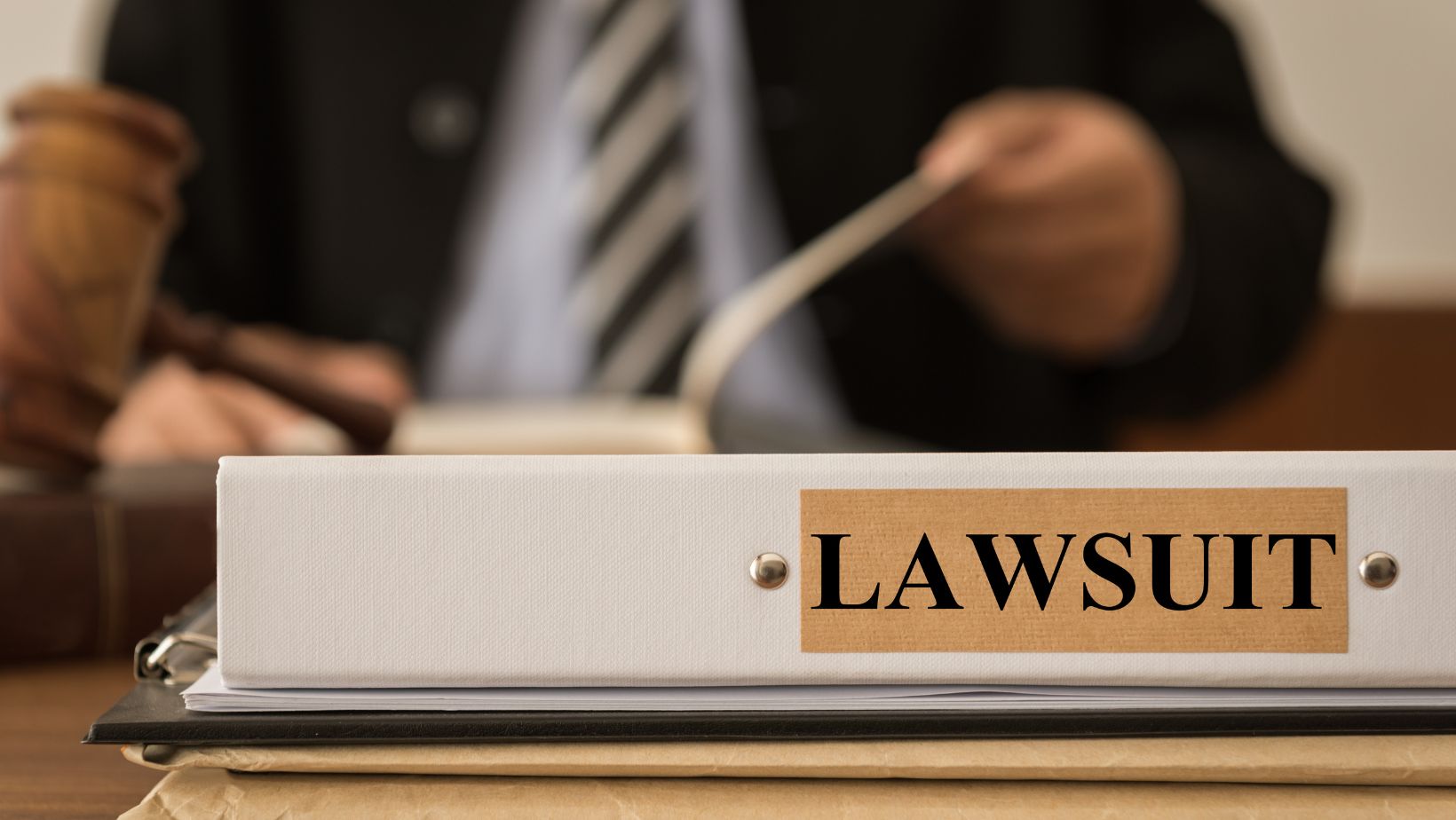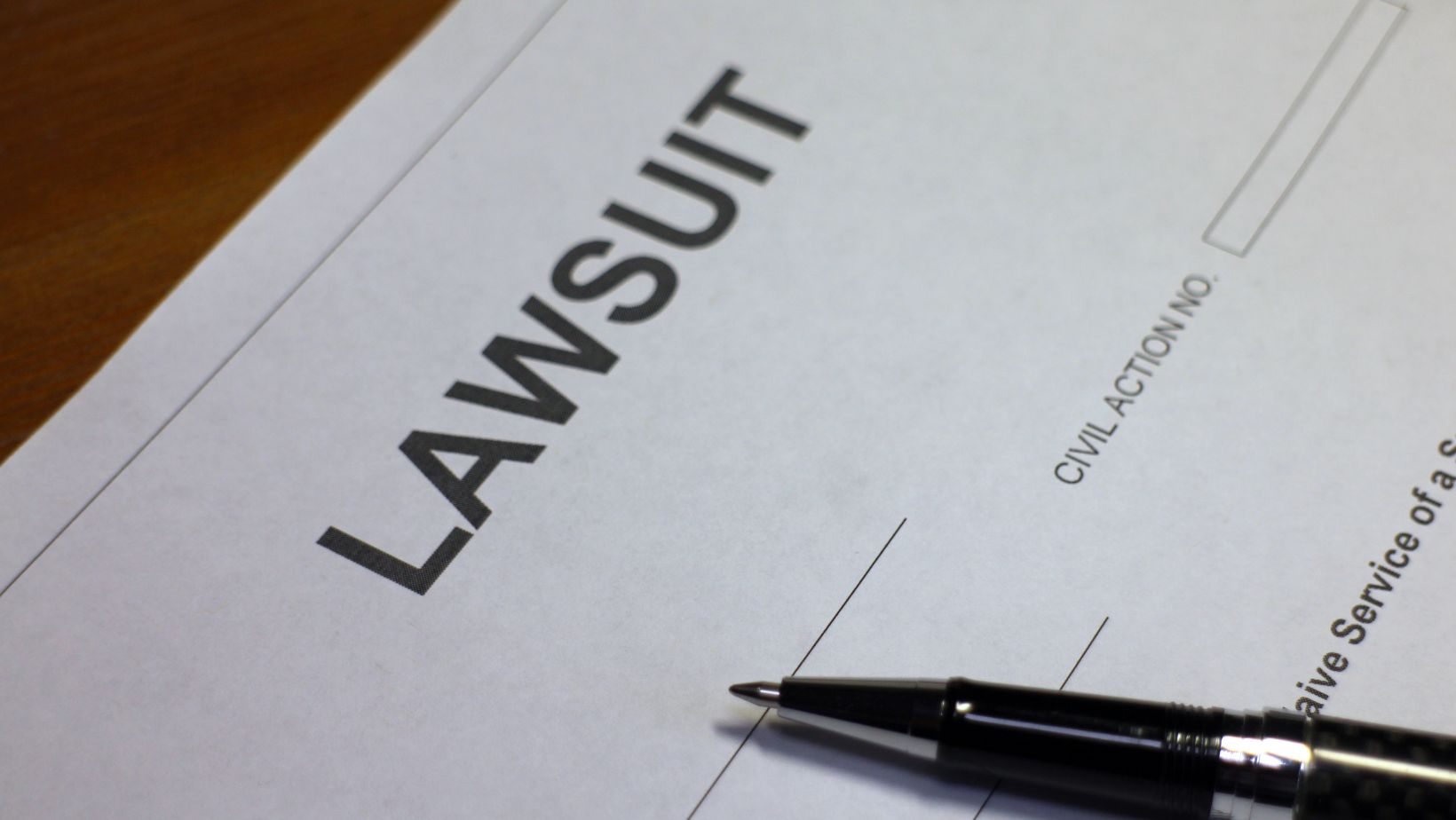
In the pursuit of justice for victims of Camp Lejeune’s contaminated water, leveraging technology has become an indispensable strategy. From gathering evidence to facilitating communication among stakeholders, technological advancements play a pivotal role in navigating the complexities of these lawsuits.
By harnessing innovative solutions, legal teams can streamline processes, strengthen cases, and ultimately secure compensation for those affected. In this article, we will discuss leveraging technology for evidence collection, communication, and negotiation in Camp Lejeune lawsuits for compensation.
Utilizing Data Analytics for Case Assessment
Data analytics tools empower legal teams to analyze vast amounts of information, including medical records, environmental reports, and military service records. According to Reuters, about 20,000 Camp Lejeune administrative claims were filed through JAG, underscoring the magnitude of data involved in these cases.
By identifying patterns and correlations, lawyers can strengthen their arguments regarding exposure and illness causation. For expert legal guidance on Camp Lejeune lawsuits, Cain Law in Tulsa can help build a strong case using advanced tech strategies.
Additionally, leveraging data analytics allows for the identification of trends in the development of specific illnesses. This provides valuable insights into the long-term health effects of Camp Lejeune’s contaminated water.
Digital Evidence Collection and Preservation
Digital platforms facilitate the collection and preservation of evidence crucial to Camp Lejeune lawsuits. VA’s website notes that contaminated wells were closed in 1985, highlighting the historical significance of documentation such as water quality reports and government memos.
With the help of digital tools, lawyers can ensure that critical evidence is organized and accessible, strengthening the case’s foundation. Moreover, digital evidence collection streamlines the process, reducing the risk of information loss or tampering.
Remote Depositions and Witness Testimonies
Incorporating virtual deposition technologies enables legal teams to conduct witness interviews and testimonies remotely. This approach not only enhances efficiency but also allows for broader participation.
According to recent updates, there are over 1,400 Camp Lejeune lawsuits pending in multidistrict litigation in the Eastern District of North Carolina. This number emphasizes the need for efficient methods of gathering testimonies.
Moreover, virtual platforms ensure the seamless recording and documentation of testimonies, preserving crucial evidence for litigation. Remote depositions also reduce logistical challenges and costs associated with traditional in-person proceedings.
Enhancing Communication with Clients
Technological platforms facilitate seamless communication between lawyers and clients throughout the legal process. Whether through secure messaging apps or virtual meetings, technology enables constant updates on case developments.
This proactive communication fosters trust and ensures that clients remain informed and engaged in their pursuit of compensation. Additionally, digital communication tools allow for real-time collaboration and feedback, enhancing client satisfaction and participation in legal proceedings.
GIS for Mapping Exposure
GIS technology enables the visualization and analysis of geographic data related to Camp Lejeune contamination. By mapping areas of exposure and overlaying them with demographic and health information, lawyers can highlight the extent of harm inflicted on affected communities.

This spatial analysis strengthens the case by providing tangible evidence of contamination’s impact. Furthermore, GIS allows for dynamic mapping, enabling legal teams to update and refine their analyses as new data becomes available.
Negotiating Settlements Using Data Insights
Data-driven insights derived from technological tools can inform negotiations for settlements in Camp Lejeune lawsuits. By presenting compelling evidence, such as the prevalence of illnesses and projected healthcare costs, legal teams can advocate for fair compensation.
These insights empower negotiations and increase the likelihood of achieving favorable outcomes for plaintiffs. Additionally, leveraging data insights allows for the customization of settlement offers based on individual circumstances, maximizing compensation for victims.
Understanding how much is the Camp Lejeune settlement per person is crucial for ensuring fair compensation for victims of water contamination. By analyzing data on medical expenses, lost wages, and other damages, attorneys can tailor settlement offers to address the specific needs of each plaintiff.
As of now, TorHoerman Law states that the potential settlement amounts for individual claims remain uncertain. However, there have been estimates for potential settlement amounts for the Camp Lejeune litigation as a whole.
Some experts have suggested a minimum amount of $10 million. Additionally, Roll Call states that the Congressional Budget Office projected these claims could cost the government over $163 billion over a 10-year period. This underscores the complexity and magnitude of these negotiations.
Ensuring Cybersecurity and Data Privacy
Amidst the digitalization of legal proceedings, safeguarding cybersecurity and data privacy is critical. Legal firms must implement robust security measures to protect sensitive information, including medical records and client communications.
By prioritizing cybersecurity, legal teams can mitigate the risk of data breaches and uphold client confidentiality, fostering trust and credibility in the legal process. Additionally, adherence to data privacy regulations and standards enhances the integrity of legal proceedings, ensuring compliance with legal and ethical guidelines.
FAQs
How long will it take to get a settlement from the Camp Lejeune lawsuit?
The timeline for receiving a settlement from the Camp Lejeune lawsuit varies for each individual case. Factors such as legal proceedings, negotiations, and the complexity of the case can impact the duration, with settlements sometimes taking years to reach fruition.
What percentage do lawyers get for Camp Lejeune settlement?
Lawyers typically receive a contingency fee of around 25-40% of the settlement amount in Camp Lejeune cases. This fee is only payable if the case is successful, allowing victims to pursue legal action without upfront costs.
Who qualifies for compensation at Camp Lejeune?
Those who qualify for compensation at Camp Lejeune include military personnel, their family members, and civilian workers who were exposed to contaminated drinking water. Compensation may be available for individuals who developed health issues as a result of the exposure.

In conclusion, the incorporation of technology in Camp Lejeune lawsuits exemplifies a systemic shift in legal proceedings. Leveraging data analytics, digital evidence collection, remote depositions, and GIS mapping not only streamlines processes but also enhances the strength of cases.
As negotiations for settlements progress, the importance of data-driven insights becomes increasingly evident, aiming to secure fair compensation for victims. Nevertheless, amidst the digital transformation, ensuring cybersecurity and data privacy remains imperative to maintain the integrity of legal proceedings.
By adopting technological advancements while upholding ethical standards, legal teams can navigate the complexities of these lawsuits with precision.
